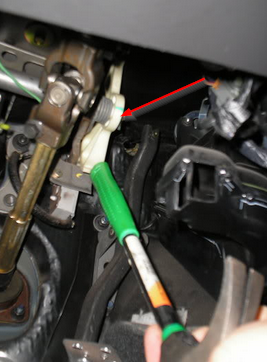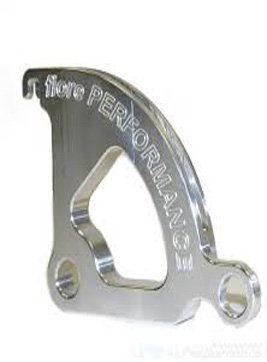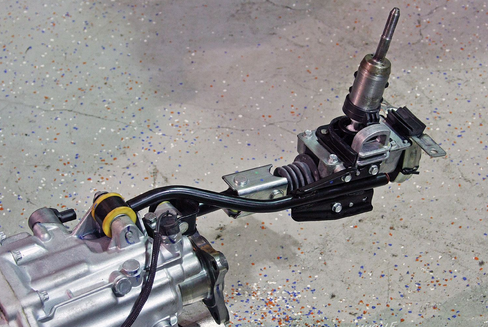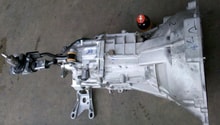Ford Mustang V6 2005-2014: Transmission Diagnostic Guide
A shudder hear, a slip there, money, money everywhere. There are a few transmission issues that come up with Mustangs.
This article applies to the Ford Mustang V6 (2005-2014).
A transmission is built to take some abuse, but they can have problems. Only your engine has more parts that have to work together all at once, or never at the same time to get the job done. Your Mustang has a modern automatic or manual that can take the power that your V6 puts through it. However, there are a few things that may happen to cause you pain and we will look at them now.

Materials Needed
- Flashlight
- Owner's manual
- Brake cleaner or solvent
Step 1 – Check your transmission fluid
Trans fluid is life blood to your trans.
Being sure your trans has the correct amount of respective fluid is a basic starting point for an automatic or manual.

Pro Tip
Check your owner's manual for the correct way to check the fluid and which fluid is required.
If the fluid level is OK, there are different things to do depending on whether you have an automatic or manual trans. We will look at automatics first.
Step 2 – Check PCM for trouble codes
A code can point where to look.
Faulty shift solenoids can throw a trouble code. It is not uncommon to have issues with them. Many times, it is not the actual solenoid but debris that is preventing them from working. Dropping the pan to clean them with brake cleaner or solvent can take care of the issue. The solenoids are about $250, so it will be worth the time.
The following are the codes relating to the transmission:
- P0755 Shift Solenoid "B"
- P0756 Shift Solenoid "B" Performance or Stuck Off
- P0757 Shift Solenoid "B" Stuck On
- P0758 Shift Solenoid "B" Electrical
- P0759 Shift Solenoid "B" Intermittent
Pro Tip
If you have to drop the trans pan, it pays to replace the fluid and filter since you are there.
If your Mustang is sluggish going into gear, see below.
Step 3 – Reprogram PCM shifting
Mustang automatics are known for having a lag.
Ford wanted your transmission to go into gear smoothly, so a few second delay is not uncommon. I hate it though; it makes sense that there would be a delay when you are moving and shifting in the opposite direction to preserve the trans. If your Mustang has always been this way, it may help to reload the shifting program into the PCM. The dealership can do this. If this delay is a new development, there may be a much worse event coming.
The delay can also be caused by the Drive by Wire system. You can reset it by turning the key to "on" and waiting the normal lights on the dash go out, then slowly pressing the gas pedal to the floor and the release it. Turn the key "off" and wait six or seven seconds, and then start your car. It is free and worth a try.
If you still have a problem going into gear, it may be time for the dreaded Step 4.
Pro Tip
Your transmission is controlled by the PCM, so you see why it is so important to be sure it is telling the trans the correct things to do.
Step 4 – Transmission rebuild
Worn clutches cause a delay in shifting.
The clutch packs in your transmission wear every time you use it. There is also a One Way or Sprag Clutch that, although is very tough, can wear. The pause in going into gear will get worse until the car will not go into gear. There are choices if you have to have the trans rebuilt; since it will cost around $2,000, that is a good thing. You can have the transmission in your car rebuilt by the dealer or an independent shop, purchase a rebuilt trans, or even get a used one; although, it will probably end up the same as the one you are replacing. Always look for a solid warranty no matter what.
Pro Tip
Ford wanted your automatic to feel nice, but to last, it my not be able to. A shift kit in your trans will crisp up the shifts and help it last longer. The dealer, however, will not be interested in installing one.
Now for manual transmissions.
Step 5 – Adjust your clutch
The clutch must fully disengage.
If you are getting grinding or a clunk when you put the car in gear, your clutch may not be totally disengaging. Your car may even feel like an automatic when you put it in "Drive." You can adjust it by pulling the clutch pedal all the way up and then pushing all the way down. If you here a click, it adjusted itself. There are aftermarket parts that replace the plastic adjusters with metal and are more adjustable.

Figure 2. Clutch adjuster. 
Figure 3. Aftermarket metal clutch adjuster.
Pro Tip
Stock clutch failure after 30,000 miles is not unusual even for clutch pros. An aftermarket clutch set lasts longer.
If the clutch is adjusted, look at the shifter.
Step 6 – Check shifter
The shifter has to be solid.
There is very little adjustment, but at least be sure that nothing is in the way of the shifter moving.

Pro Tip
An aftermarket shifter will provide crisper, more positive shifts.
Related Discussions
- S197 Transmission Problems - MustangForums.com
- Potential Transmission Problems - MustangForums.com
- Clutch Failure - MustangForums.com
- Transmission Problem - MustangForums.com






